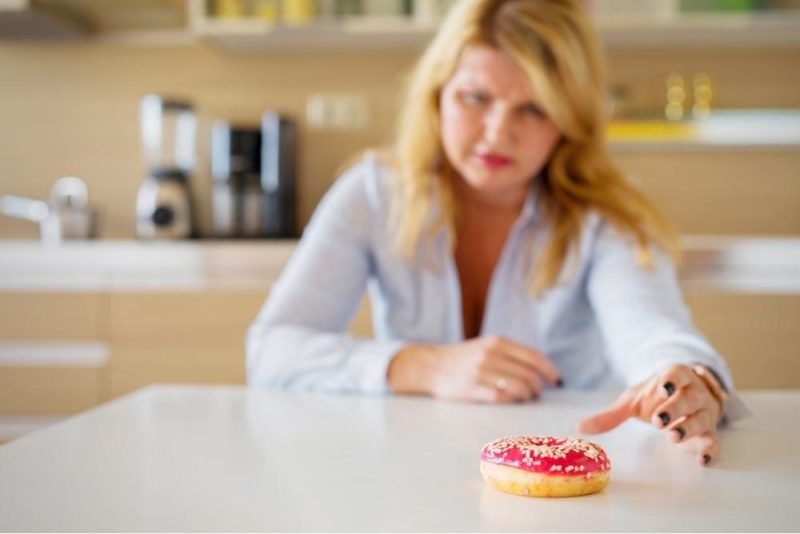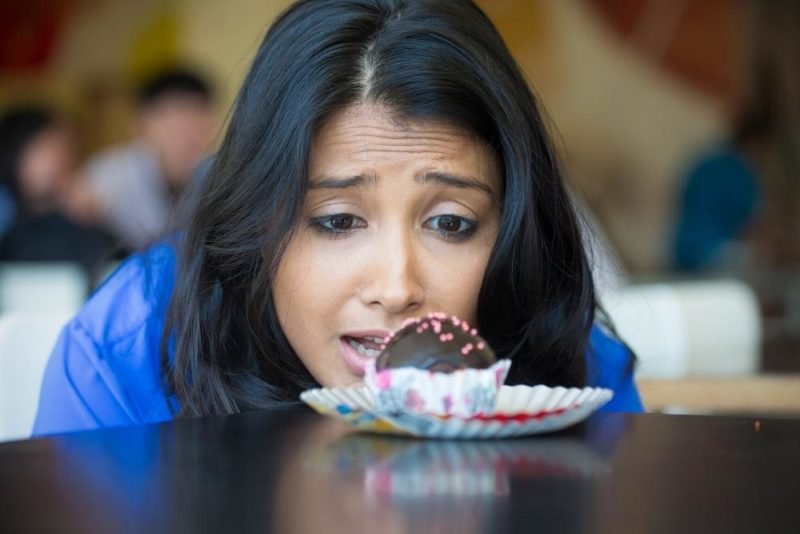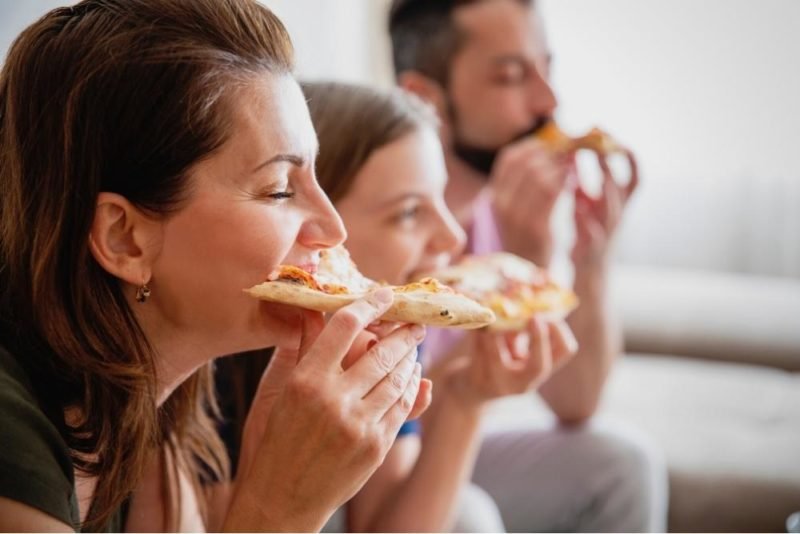
Coping with food cravings is a funny thing. Some people think that cravings means their bodies need nutrients found in the food they’re fixating on (“I’m craving chocolate. I must be low in…zinc.”) Other people see cravings as a sign of weakness, and either try to white knuckle it, or throw up their hands and declare themselves powerless.
While cravings could be based on a nutritional need, most stem from other factors. So should you indulge cravings…or ignore them? The answer depends on what your craving is really telling you.
Cravings vs. impulses
Some cravings would be better described as an urge or impulse. A true craving is more of a slow burn — like when you have a yen for a favorite dish or cuisine that you haven’t enjoyed for a while — that will smolder until you eventually satisfy it. An impulse is more of a flash in the pan—it comes on suddenly and will burn out on its own if you let it.
Unfortunately, our brains seem to be more wired to respond to impulses than to think beyond them. One technique for dealing with impulse-type cravings is to “surf the urge.” To do this, imagine your craving as an ocean wave. Watch it as it builds gradually, getting stronger and stronger until it peaks (or crests) then gradually dissipates. Rather than deny the urge, actively surf it. Having the experience of watching the urge fade can make it easier to handle impulsive cravings when they next arise.
If your craving for, say a cookie just won’t go away, get the best cookie you can find, and sit and savor it. What doesn’t work is chasing the craving with foods you consider more “acceptable.” If what you truly want is a cookie, all the apples or cinnamon rice cakes in the world won’t satisfy it.

Environmental cues and emotional eating
Do you crave popcorn the moment you step into a movie theater? Grab a snack every time you lounge in front of the television? Get the urge for a cookie each day at 3 p.m.? If you’ve come to associate certain times, places or activities with a particular food, what likely started as a craving has morphed into mindless eating then on to pure habit. To untangle yourself from this Pavlovian response to food, practice asking yourself “Am I hungry?” whenever you have the urge to eat. If the answer is “no,” ask yourself, “Why do I want to eat this?” If your answer is something like, “Because it’s there” or “Because its what I always do,” consider experimenting with not having the food to see how it feels.
Do you crave ice cream or pasta when you’re feeling stressed, sad, angry or lonely? A 2014 study [1] co-authored by psychologist Traci Mann, author of “Secrets of the Eating Lab,” found that eating comfort foods doesn’t improve mood any faster than eating nothing at all. Cravings may also hit when we are bored or busy and feel the need for stimulation or pleasure. Plus, emotional eating [2] doesn’t help you get to the heart of what’s eating you.

Food addiction and hunger cues
The types of foods that tend to trigger cravings — the so-called hyperpalatable foods that contain the trifecta of added sugar, salt and fat — often get labeled as “addictive. [3]” Although some research suggests that we can develop substance-like addictions to sugar, this is controversial. Sugar has been shown to light up the reward center in the brains, but food is supposed to be rewarding. And that reward response? It’s stronger in individuals who are dieting or otherwise restricting sugar. Addiction aside, we’re more likely to crave what we can’t have. If you categorically deny yourself chocolate, you will probably crave chocolate. If you love a certain food, find a balanced way to include it in your life.
It can be challenging to distinguish cravings from true hunger, especially if you aren’t in touch with your body’s internal hunger cues [4]. Cravings tend to be more specific than hunger, so if you feel like you need to eat, but don’t have a particular food in mind, it’s probably hunger. If you are laser-focused on one single food, it’s probably a craving. Primal hunger plus cravings equal harder-to-resist cravings, which is a pretty good reason to avoid letting yourself get too hungry.
To spot big-picture patterns and hone in on what you’re really craving, try keeping a “cravings journal.” Instead of cookie every afternoon, you might just really need a break from your desk. That movie popcorn? You could just be operating on autopilot. Instead of ice cream, you might need a hug or a friendly ear to listen to your troubles. Instead of being a slave to your cravings, listen to them and be curious. They may be giving you valuable information — and it might not even be about food.
Carrie Dennett [5], MPH, RDN, is a Pacific Northwest-based registered dietitian nutritionist, freelance writer, intuitive eating counselor, author [6], and speaker. Her superpowers include busting nutrition myths and empowering women to feel better in their bodies and make food choices that support pleasure, nutrition and health. This post is for informational purposes only and does not constitute individualized nutrition or medical advice.
Seeking 1-on-1 nutrition counseling? Carrie offers a 6-month Food & Body program [7] (intuitive eating, body image, mindfulness, self-compassion) and a 4-month IBS management program [8] (low-FODMAP diet coaching with an emphasis on increasing food freedom). Visit the links to learn more and book a free intro call to see if the program is a good fit, and if we’re a good fit!